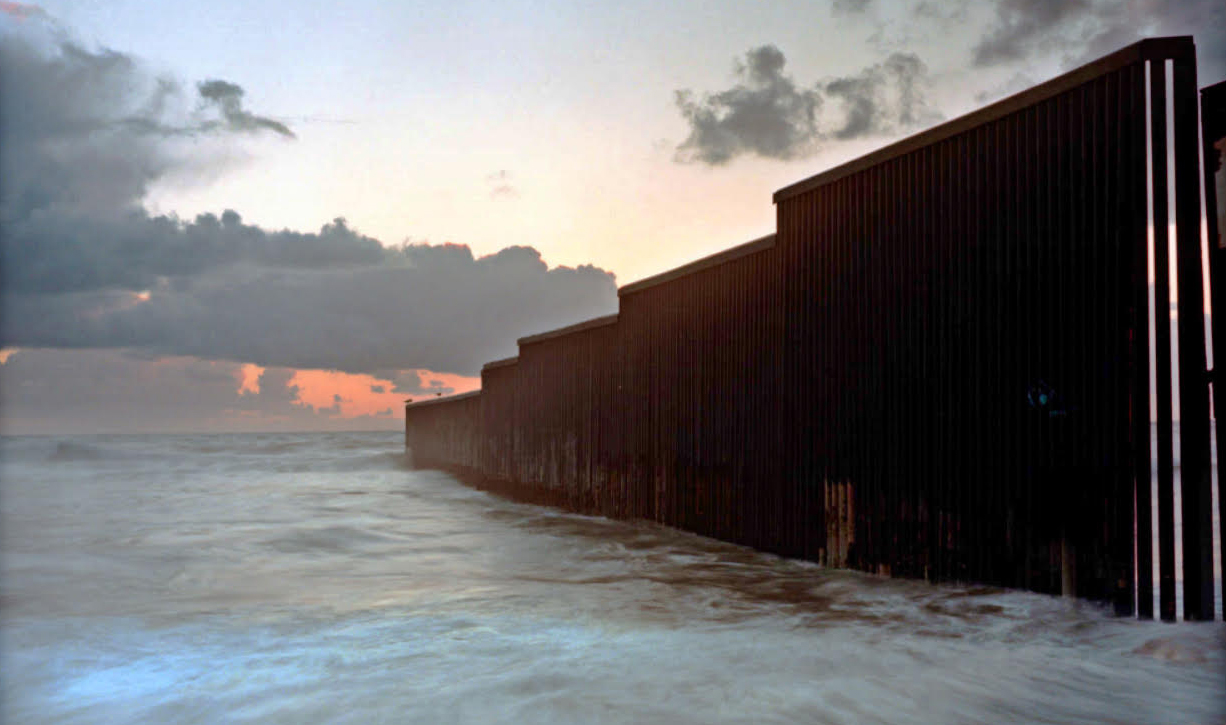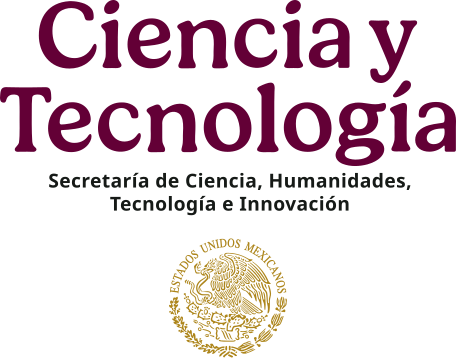Precariedad laboral y construcción social de la “ilegalidad”: familias indígenas ecuatorianas en Nueva York
DOI:
https://doi.org/10.33679/rmi.v1i1.2212Palabras clave:
migración indígena, ilegalidad, mercados laborales, Ecuador, Nueva York.Resumen
Este artículo analiza la migración de familias indígenas ecuatorianas a la ciudad de Nueva York en el contexto de la crisis financiera de 2008 y el endurecimiento de las políticas migratorias en Estados Unidos. Las trayectorias migratorias muestran que junto a las condiciones cada vez más riesgosas del viaje, se han producido importantes cambios en la inserción laboral de estos migrantes y en sus formas de asentamiento. El artículo muestra que la precariedad laboral y la condición social de ilegalidad se articulan mutuamente en las distintas etapas de la trayectoria migratoria y construyen una experiencia distinta de aquellos ecuatorianos que emigraron en décadas anteriores.
Referencias
Ábrego L., & Menjívar, C. (2012). Legal Violence. Immigration Law and the Lives of Central American Inmigrants. American Journal of Sociology, 117(5), 1380-1421.
Álvarez, S. (2016). Frontera Sur Chiapaneca: el muro humano de la Violencia. Mexico: Universidad Iberoamericana.
Boehm, D. (2012). Intimate Migrations. Gender, Family and Illegality Among Transnational Mexicans. United States: New York University Press.
Boccagni, P. (2011). The Framing of Return from Above and Below in Ecuadorian Migration: a Project, a Myth, or a Political Device? Global Networks, 11(4), 461-480.
Brotherton, D., & Barrios, L. (2008). Banished from the Homeland: Dominican Deportees and their Stories of Exile. New York: Columbia University Press.
Caro-López, H. (2012). Strategic citizenship: Dual marginalization and organized transnational political mobilization among Ecuadorian and Dominican migrants (Doctoral Thesis). City University of New York, United States.
Caro-López, H. (2011). Ecuadorians in New York City 1990-2008. United States: Centre for Latinoamerican-Caribbean and Latino Studies (CLACLS)-City University of New York. Retrieved from https://clacls.gc.cuny.edu/files/2013/10/Ecuadorians-in-New-York-1990-2008.pdf
Castillo, L. (2014, April 15). Noemí intentó cruzar dos veces y sólo halló la muerte. Diario El Comercio. Retrieved from http://www.elcomercio.com/actualidad/seguridad/noemi-migrar-veces-y-hallo.html
Chin, M. (2005). Sewing Women: Immigrants in the New York City Garment Industry. New York: Columbia University Press.
Cordero-Guzmán, H., Smith R. C., & Grosfoguel, R. (Eds.). (2001). Migration, Transnationalization and Race in a Changing New York. United States: Temple University Press.
De Genova, N. (2002). Migrant Illegality and Deportability in Everyday Life. Annual Review of Anthropology, (31), 419-447.
De Genova, N., & Peutz, N. (2010). The Deportation Regime: Sovereignity, Space and the Freedom of Movement. Durham/London: Duke University Press.
Debry, J. (2015). Everyday Illegal. When policies undermine immigrant families. Oakland: California University Press.
De León, J. (2013). The Land of Open Graves: living and dying on the migrant trail. Los Angeles: California University Press.
Donato, K., & Armenta, A. (2011). What Do We Know about Unhautorized Migration? Annual Review of Sociology, 37, 529-543.
Eguiguren, M.M. (2015). Circuitos migratorios, jerarquías espaciales y modernidad periférica. Cañar y Loja, 1960–1990 (Doctoral Thesis). Centre d’Études du Développement, Lovaina, Université Catholique de Louvain.
El Comercio. (2012, July 12). Gobierno investiga la desaparición de 64 ecuatorianos que viajaban a Estados Unidos. Diario El Comercio. Retrieved from http://www.elcomercio.com/actualidad/seguridad/gobierno-investiga-desaparicion-de-64.html
El Universal. (2010, August 25). Migrantes, 72 muertos en fosa en Tamaulipas. Retrieved from https://archivo.eluniversal.com.mx/notas/704017.html
Estrada, E., & Hondagneu-Sotelo, P. (2011). Intersectional Dignities: Latino Immigrant Street Vendor Youth in Los Angeles. Journal of Contemporary Ethnography, 40(1), 104-131.
FLACSO. (2012). Encuesta sobre migración y desarrollo local PIC-FLACSO. Quito: FLACSO Ecuador.
Flores-Gonzáles, N. Guevarra A.R., Toro-Morn, M., & Chang, G. (Eds.). (2013). Immigrant Women in the Neoliberal Age. Chicago: University of Illinois Press.
Golash-Bouza, T., & Hondagneu-Sotelo, P. (2013). Latino Inmmigrant Men and the Deportation Crisis: A Gender Racial Removal Program. Latino Studies, 11(3), 271-292.
Herrera, G. (2008). States, Work and Social Reproduction Through the Lens of Migrant Experience: Ecuadorian Domestic Workers in Madrid. In I. Bakker & R. Silvey (Eds.), Beyond States and Markets: The Challenges of Social Reproduction, (pp. 93- 107). Abingdon, Oxon/New York: Routledge.
Herrera, G., Moncayo, M.I., & Escobar, A. (2012). Perfil Migratorio del Ecuador 2011. Quito: Organización Internacional de las Migraciones. Retrieved from http://publications.iom.int/system/files/pdf/perfil_migratorio_del_ecuador2011.pdf
Herrera, G. (2012). Starting Over Again? Crisis, Gender, and Social Reproduction Strategies among Ecuadorian Migrant Families in Spain. Feminist Economics, 18(2), 125-148.
Herrera, G., & Pérez Martínez, L. (2015). ¿Tiempos de crisis, tiempos de retorno? Trayectorias migratorias, laborales y sociales de migrantes retornados en Ecuador. Estudios Políticos, (47), 221-241.
Instituto Ecuatoriano de Estadísticas y Censos (INEC) (2011). Censo de Población y Vivienda 2010. Quito.
Infobae. (2010, September 10). Macabros detalles de la matanza de 72 inmigrantes en México, sección sociedad. Retrieved from http://www.infobae.com/2010/09/02/1007374-macabros-detalles-la-matanza-72-inmigrantes-mexico
Jokisch, B. (2002). Migration and Agricultural Change: The Case of Small-Holder Agriculture in Highland Ecuador. Human Ecology, 30(4), 523-550.
Iglesias Martínez, J. (2015). La población de origen ecuatoriano en España: características, necesidades y expectativas. Madrid: Embajada del Ecuador en España.
Lagomarsino, F. (2007). El éxodo ecuatoriano a Europa. Jóvenes y familias migrantes entre la discriminación y nuevos espacios de ciudadanía. Quito: Abya-Yala.
Lara Flores, S. (2006). Circulación territorial y encadenamientos migratorios de los jornaleros agrícolas en el noroeste del país. Teoría y Pesquisa, (49), 13-34.
Martinez, J. (2011, September 8). Emotions run high in Milford over death blamed on immigrant. The Boston Globe. Retrieved from http://archive.boston.com/news/local/massachusetts/articles/2011/09/08/emotions_run_high_in_milford_over_death_blamed_on_immigrant/
Maslin Nir, S.M. (2015, May 7). The Price of Nice Nails New York. The New York Times. Retrieved from https://www.nytimes.com/2015/05/10/nyregion/at-nail-salons-in-nyc-manicurists-are-underpaid-and-unprotected.html
Moser, C. (2013) Does Economic Crisis Always Harm International Migrants? Longitudinal Evidence from Ecuadorians in Barcelona. International Migration, 53(2). 274-290.
Muñoz, L. (2013). From Street Child Care to Drive-Throughs: Latinas Reconfigure and Negotiate Street Vending Spaces in Los Angeles. In N. Flores-González, A.T. Guevarra, M. Toro-Morn, & G. Chang G (Eds.), Immigrant Women in the Neoliberal Age, (pp. 133-143). Chicago: University of Illinois Press.
Observatorio Social de los Derechos de la Niñez y Adolescencia (ODNA). (2008). Niñez y Migración en el cantón Cañar. Quito: Fundación Observatorio Social del Ecuador-FLACSO Ecuador-SENAMI/Municipio del Cantón Cañar.
Oliviero, K. (2013). The immigration State of Emergency: Racializing and Gendering National Vulnerability in Twentieth First Century Citizenship and Deportation Regimes. Feminist Formations, 25(2), 1-29.
Pedone, C. (2006). Tú siempre jalas a los tuyos. Estrategias migratorias y poder. Quito: Abya Yala.
Pedreño, A. (2007). Proletarizados y etnificados: la inmigración ecuatoriana en la agricultura intensiva de la Región de Murcia. In V. Bretón, F. García, A. Jové, & M. J. Villalta (Eds.), Ciudadanía y Exclusión: Ecuador y España frente al espejo, (pp. 225-250). Madrid: Los Libros de la Catarata.
Priblisky, J. (2007). La Chulla Vida: Gender, Migration & the Family in Andean Ecuador & New York City. United States: Syracuse University Press.
Rebaï, N. (2008). Juncal de Cañar: la progresiva transformación territorial de una parroquia de la sierra ecuatoriana. Revista Ecuador Debate, (75), 107-116.
Sassen, S. (2000). Women´s Burden: Counter-Geographies of Globalization and the Femnization of Survival. Journal of International Affairs, 53(2), 503-524.
Shrover, M. Van Der Leun, J., Lucassen L., & Quispel, C. (2008). Ilegal Migration and Gender in a Global and Historical Perspective. Netherlands: Amsterdam University Press.
Vaillant, M. (2013). L'araire ou la barque: migrations, mondialisation et transformations agraires en haute vallée du Cañar (Doctoral Thesis). L’Institut des Sciences et Industries du Vivant et de l’Environnement, AgroParisTech.
Vásquez Toness, B. (2011, September 13). Fatal Car Accident Spakes Debate Over Illegal Immigration, Milford, Boston NPR News Station. Retrieved from http://www.wbur.org/2011/09/13/milford-immigration
Voigt, W. (2013). Crossing Mexico: Structural Violence and the Commodification of Undocumented Central Americans. American Ethnologist, 40(4), 764-780.
Waldinger, R. (1996). Still the Promised City? African Americans and New Immigrants in Postindustrial New York. Cambridge, MA: Harvard University Press.
Descargas
Publicado
Número
Sección
Licencia
Derechos de autor 2019 Migraciones Internacionales

Esta obra está bajo una licencia internacional Creative Commons Atribución-NoComercial-SinDerivadas 4.0.
Las/los autoras/es que publiquen en esta revista aceptan las siguientes condiciones:
- Las/los autoras/es conservan los derechos de autor y ceden a la revista Migraciones Internacionales (RMI) el derecho de la primera publicación, mediante el registro de los textos con la licencia de Creative Commons Atribución-No comercial-Sin derivar 4.0 internacional (CC BY-NC-ND 4.0), que permite a terceros utilizar lo publicado siempre que mencionen la autoría del trabajo y a la primera publicación en esta revista.
- Autorizan que su artículo y todos los materiales incluidos en él sean reproducidos, publicados, traducidos, comunicados y transmitidos públicamente en cualquier forma o medio; así como efectuar su distribución al público en el número de ejemplares que se requieran y su comunicación pública, en cada una de sus modalidades, incluida su puesta a disposición del público a través de medios electrónicos o de cualquier otra tecnología, para fines exclusivamente científicos, culturales, de difusión y sin fines comerciales.
- Los autores/as pueden realizar otros acuerdos contractuales independientes y adicionales para la distribución no exclusiva de la versión del artículo publicado en esta revista (por ejemplo: incluirlo en un repositorio institucional, página web personal; o bien publicarlo en un libro) siempre que sea sin fines comerciales e indiquen claramente que el trabajo se publicó por primera vez en Migraciones Internacionales (RMI), [agregando la ficha bibliográfica correspondiente: Autor/es. (año). Título del artículo. Migraciones Internacionales, volumen (número), pp. doi: xxxx ].
Para ello, las/los autoras/es deben remitir el formato de carta-cesión de la propiedad de los derechos de la primera publicación debidamente llenado y firmado. Este documento debe cargarse en formato PDF en archivos complementarios dentro de la plataforma OJS.
Este obra está bajo una licencia de Creative Commons Atribución-No comercial-Sin derivar 4.0 internacional (CC BY-NC-ND 4.0)..













